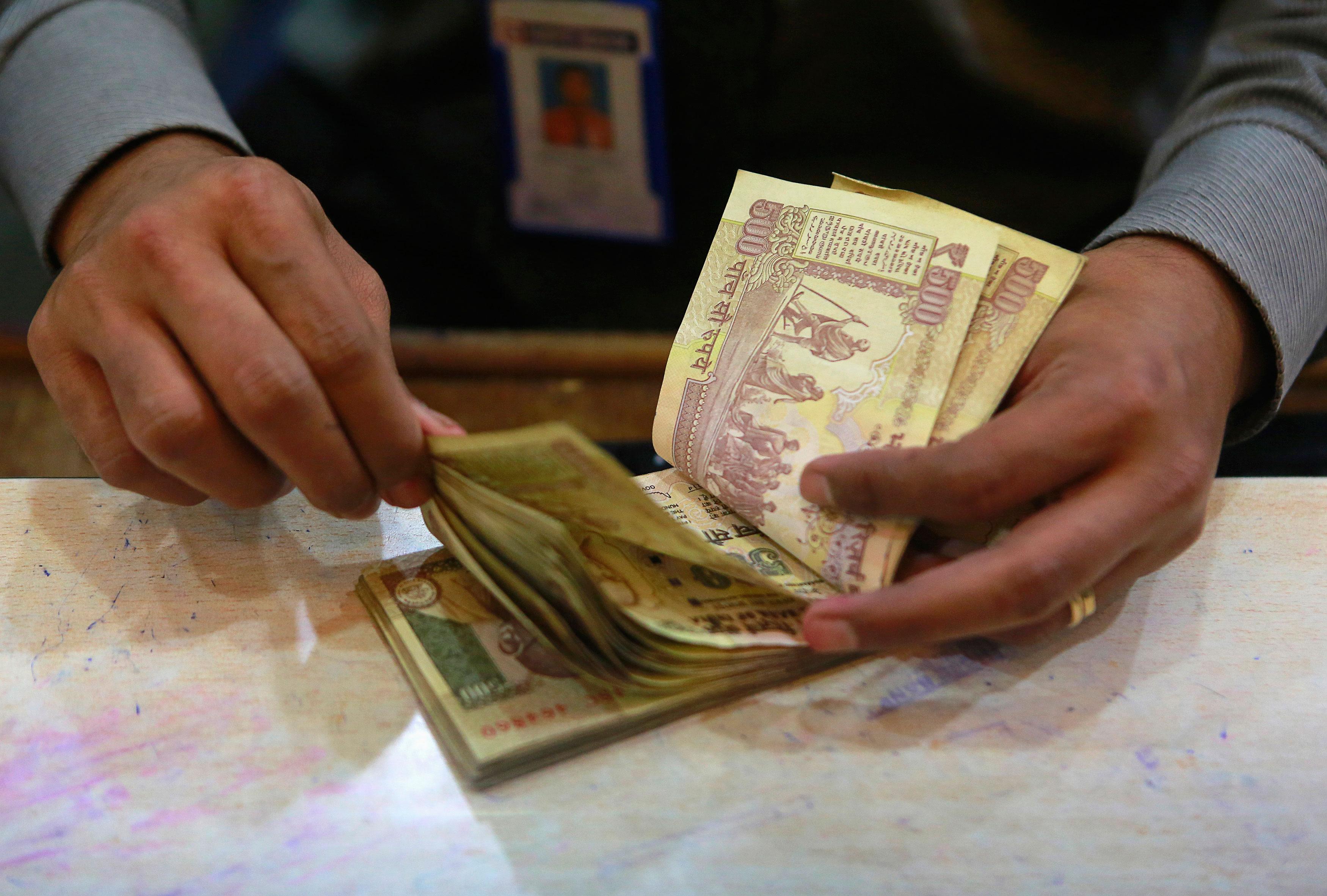The overseas borrowings of Indian corporates are headed for a decline for the second time in the last six years as firms tightened their exposure to foreign currency denominated loans amid a weak rupee and a rise in the stock market that opened new funding channels.
Companies borrow overseas as an arbitrage on high domestic interest rates. However, a depreciating local currency poses a problem in servicing dollar-denominated loans. Although firms have been borrowing money in other currencies too, bulk of overseas debt is still in greenback.
The total money raised by Indian companies through external commercial borrowing (ECB) and foreign currency convertible bond (FCCB) declined over 13 per cent to $25.7 billion during april-February 2015 over the year-ago period, according to RBI.
Given that the average overseas borrowings in a month has stuck to the $2-4 billion range and has to cover a long distance in March to match $33.23 billion mark of FY14, it is set for a decline.
This would be another reversal of the annual trend. Total overseas borrowings of Indian firms, which had almost doubled between FY10 and FY12 as the economy bounced back post the global financial crisis only to decline in FY13, had picked up again the last financial year.
Given that domestic interest rates continue to be high despite two successive cuts in policy rates by RBI since January, the case for overseas borrowing remains.
The decline in overseas borrowings also indicates that the investment outlook for corporate sector is not showing any significant up-tick.
Domestic bank credit in the industrial sector is already a laggard growing a mere 2.1 per cent, primarily led by micro and small enterprises, in the first three quarters of the financial year. Medium size firms saw outstanding bank borrowings decline while the bank credit to large firms grew a piffling 1.8 per cent in the April-December 2014.
With both domestic and overseas debt yet to pick up, the only other form of raising capital for further investment is equity. Indeed, the rise in stock market valuations with inflow of foreign portfolio investors' money has created a new fundraising channel. However, much of this has gone in the secondary market where existing shares are acquired from other shareholders against primary offerings or preferential allotments.
This means the next investment cycle is not yet on, despite the positive sentiment surrounding the economy.
(Edited by Joby Puthuparampil Johnson)






